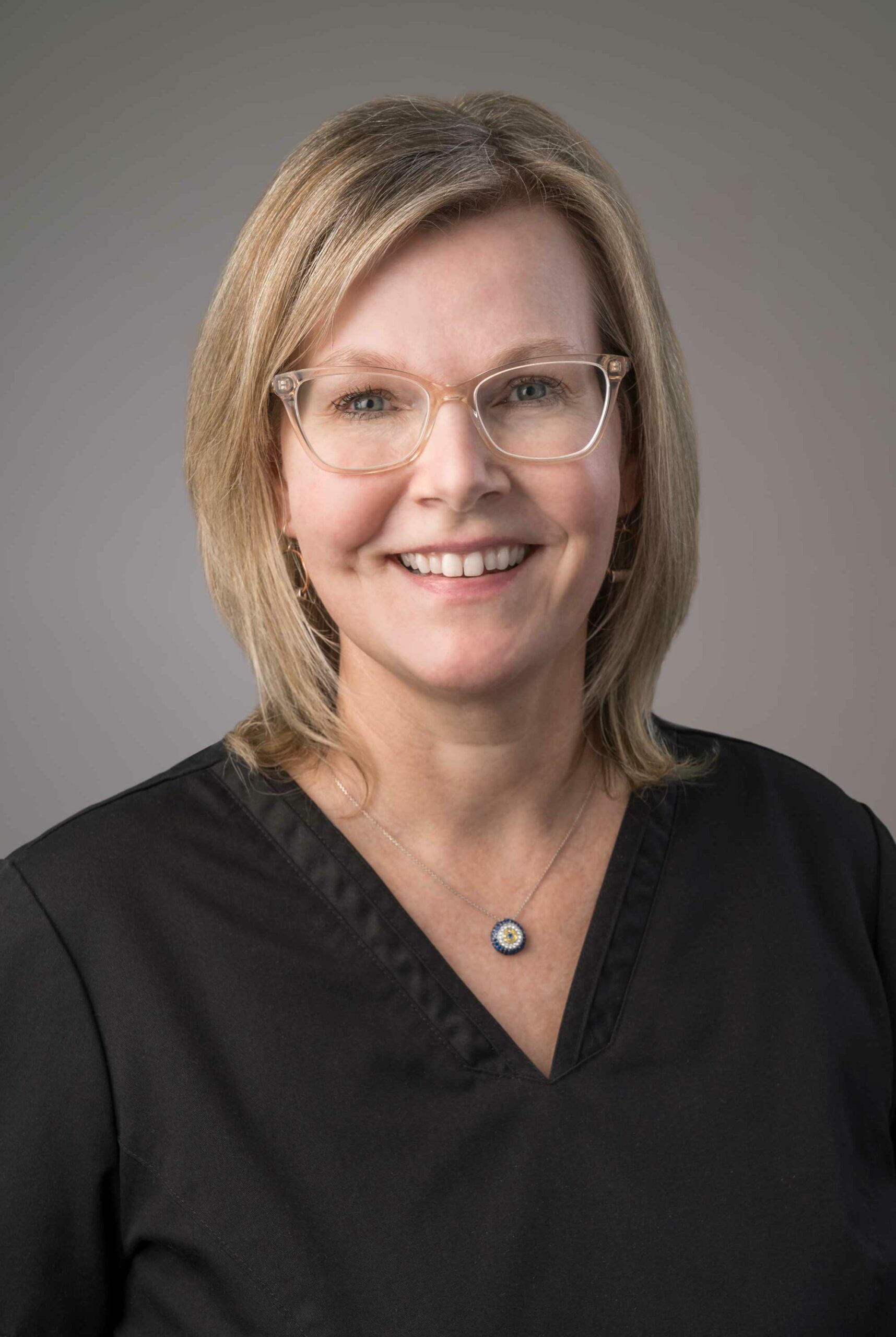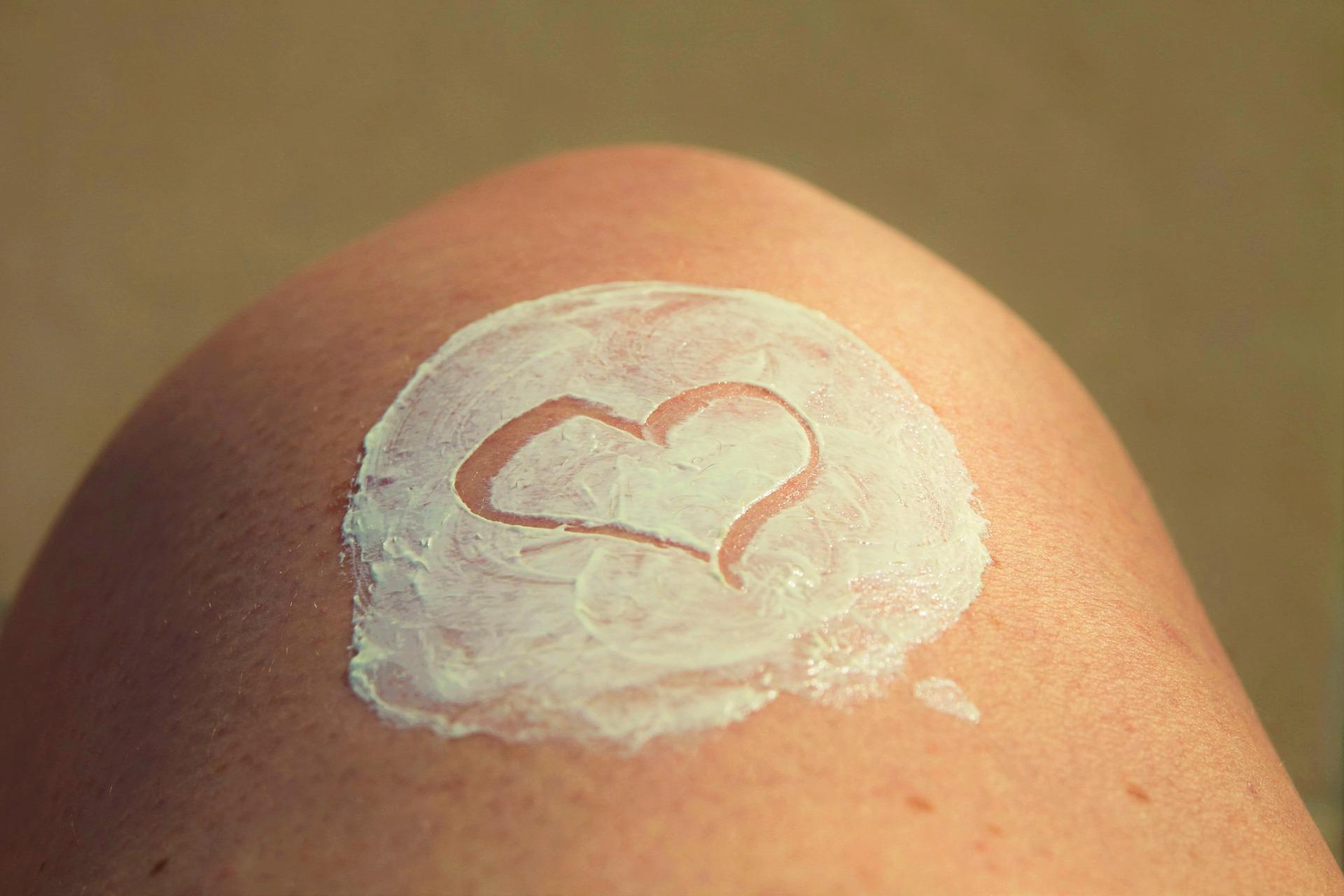Skin cancer is the most prevalent cancer in the United States, with 1 in 5 people diagnosed by the age of 70. It is one of the most preventable and treatable cancers, but many of us still have a lot of questions about it. This is a great time to bring the topic into the limelight, so we can provide some good information while getting the conversation going. Anna Ellis, APRN, from the Skin Cancer & Dermatology Institute, answers your top skin cancer questions.
Q: What are the types of skin cancers and the different risk factors?
The three main types of skin cancers are basal cell carcinoma, squamous cell carcinoma, and melanoma. Here is some information about each type:
- Basal Cell Carcinoma (BCC) is the most common skin cancer. It forms in the lower part of the epidermis called the basal cell layer. Risk factors for BCC include intermittent, intense sun exposure such as sunburns, radiation therapy, family history of skin cancer, immunosuppression, a fair complexion (burns easily in the sun), and blistering sunburns in childhood. Indoor tanning is also a significant risk factor for early-onset BCC, and according to the Skin Cancer Foundation, a history of indoor tanning use can increase your risk of getting BCC by 40 to 69 percent.
- Squamous Cell Carcinoma is the second most common skin cancer. This cancer forms in the upper part of the epidermis, in the squamous cells. Most cases of SCC are caused by ultraviolet radiation (UVR), so chronic and long-term exposure to the sun is a major risk factor. Other risk factors include immunosuppression, aging, and high-risk genital HPV (Human Papillomavirus). HPV can lead to SCC of the genitalia, which is why vaccination against HPV is so important.
- Melanoma is less common than BCC or SCC, but of the three, it is the most serious and deadliest form of skin cancer. One out of 60 people in North America are at risk for melanoma. This cancer develops in the pigment-making cells of our skin called the melanocytes, and, if not detected early, it can spread to the lymph nodes and other parts of the body. They can start anywhere on the skin, with about 30 percent of melanomas forming in pre-existing moles and the rest forming in normal-appearing skin. Risk factors are UV light exposure (sunlight and tanning beds), fair skin, a history of sunburns in childhood, a family history of melanoma, a weakened immune system, aging, specific gene mutations, and a skin condition called xeroderma pimentosum. Other risk factors include having many moles, atypical moles, large congenital moles, and a family history of atypical moles called Familial Atypical Multiple Mole and Melanoma Syndrome or FAMMM.
Q: How do I recognize the early signs of melanoma?
Finding a melanoma at an early stage is critical for a successful outcome. The Skin Cancer Foundation reports that the five-year survival rate for patients whose melanoma is diagnosed early is 99 percent. That number drops to 68 percent if the cancer reaches the lymph nodes and 30 percent if it spreads to distant organs. Using the first five letters of the alphabet to recognize signs of melanoma is an excellent way of remembering what to look for. The ABCDEs of melanoma stand for:
Asymmetry: An asymmetrical spot in the body means that one half of the spot doesn’t match the other half.
Border: The border of the spot is irregular.
Color: The spot has two or more colors to it.
Diameter: The diameter of the spot is larger than the end of a pencil eraser.
Evolving: An existing spot has started to change or evolve.
Q: What areas of the body should I remember to check?
One of the things we highly recommend is a skin self-examination every month. You are the best person to recognize any changes to your skin that might be a problem. Being proactive in early diagnosis can save lives. The American Dermatology Association has some great guidelines on doing a body examination. Now, when they recommend you check your body from head to toe, don’t forget to check your scalp, behind the ears, between the toes, on the soles of the feet, in the nail beds, and on the genitalia. It is also essential to check our mouths and our eyes, so it’s important to get those dental checkups and retinal exams screen for lesions on the retina.
If you find something concerning, make sure to contact your dermatologist.
Q: Why is early detection important?
Early detection is important for any cancer, not just skin cancer, because when cancer is identified in its early stages, successful treatment and a cure are far more likely. This makes it extremely important to keep up with all your preventative health screening exams. Skin cancer is unique in that we can actually see it, making it easier for us to help in early diagnosis.
Q: What treatment options are available for skin cancer?
Treatment depends on the type of skin cancer you have, how big and deep it is, where the skin cancer is located, and whether it has spread to other parts of the body. Your dermatologist will take all the factors into account when formulating the best treatment options. Some of the approaches to skin cancer treatment are excision, Mohs micrographic surgery, scraping the skin at the cancer site, topical medications, radiation, chemotherapy, and immunotherapy.
Top Tips to Avoid Skin Cancer
The best way to prevent skin cancer is sun avoidance. However, this is not always practical. We live in an area where outdoor recreation activities are among the top reasons we enjoy living here. UV protective clothing and hats are good options as well as seeking shade when possible. Sunscreens with UVA and UVB protection of 30 SPF or higher should be applied every day, no matter the weather. We live at a relatively high altitude, where the UV rays can be upwards of 20 to 25 percent more intense than at sea level, so even aiming for SPF sunscreen of 50 or more can be beneficial.
About the Provider

Anna Ellis, APRN – Anna is a Board-Certified Nurse Practitioner who specializes in medical dermatology. She was inspired to become a nurse by her mother, who is also a nurse. Anna’s diverse background has helped her create a foundation for a holistic approach to patient care. Anna lives in Truckee and works at Skin Cancer & Dermatology Institute’s Monte Vista location. Get to know Anna and book an appointment online here.
Bringing you patient-centered, world-class dermatological care with 10 locations in the Reno-Tahoe area, Skin Cancer & Dermatology Institute specializes in medical dermatology, Mohs skin cancer surgery, and cosmetic dermatology.


